How to adjust coffee grinding degree 1 to 10? How do you see the grinding thickness of shallow and deep roasted coffee beans?
Guide reading
I believe that those who have grinded coffee beans by hand have felt that it takes no effort to grind some coffee beans, while they try their best to grind them out. The use of electric mill also has a similar occurrence, some beans are ground in one fell swoop, while others are ground a little older.
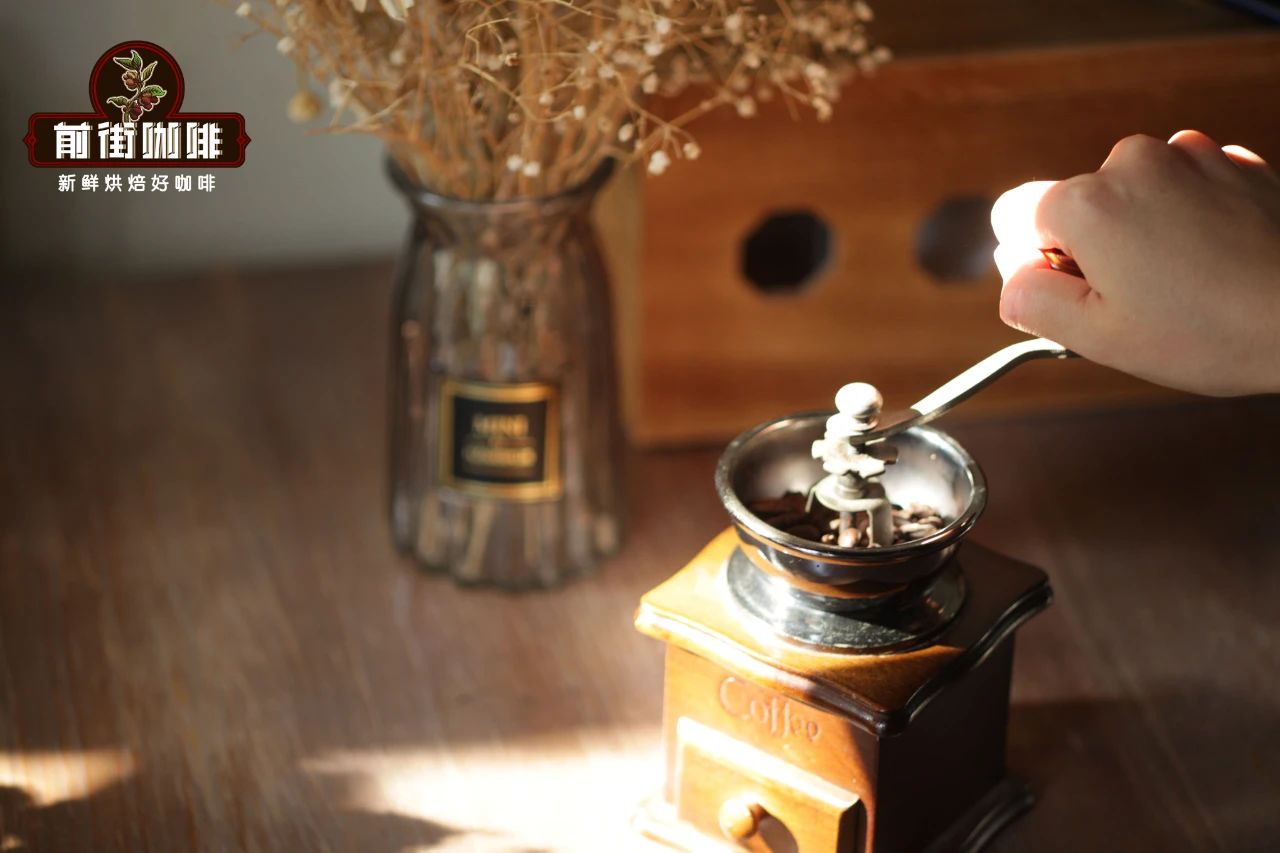
What causes this phenomenon?
The first reaction of many people is the density of coffee beans. Coffee beans with high density are harder and harder to grind, while coffee beans with low density are softer and easier to grind.
The density of coffee beans is determined at the time of growth. the higher the altitude of the coffee growing area, the lower the temperature, and the coffee growth rate will slow down, thus accumulating more substances for coffee seeds (coffee beans). That is, the higher the mass density of coffee beans. This is why some Central American coffee-producing countries use altitude hardness to distinguish coffee grades (coffee in Costa Rica higher than 1400 meters above sea level is SHB very hard beans).
In other words, it is more difficult to grind more than 2000m Ethiopian coffee beans than Brazilian coffee beans with an average of 1000m. But in fact, density will affect the difficulty of coffee grinding, but it is not the most important factor, there is also a factor called "brittleness".
Embrittlement (brittleness)
Brittleness is opposite to toughness, and fracture is easy to occur under the action of external forces such as tension and extrusion. For example, put a coffee raw bean on the table, lightly roasted coffee beans, deep-roasted coffee beans, respectively, squeeze with your fingers, raw beans and light-baked beans are difficult to crush, while deep-baked beans can be crushed easily. This is brittleness.
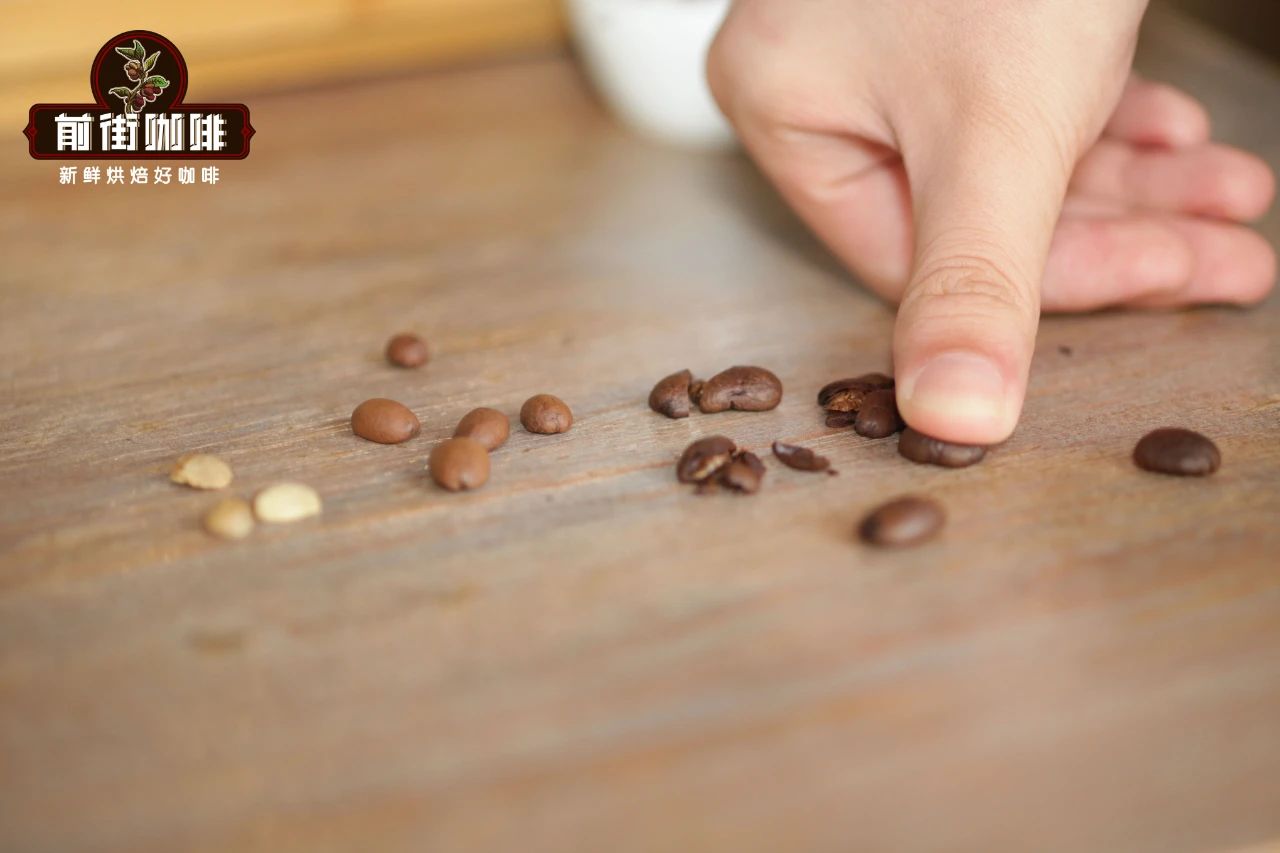
This has something to do with the degree of roasting, the whole coffee roasting process is a process of dehydration, the longer the roasting time, the more water evaporation of the coffee, the looser its internal structure, of course, the deeper the roasting. Then it will be easier to grind and break.
What is the effect of brittleness on grinding?
We know that deep-roasted coffee beans will be easier to grind, while lightly roasted coffee beans will be harder to grind. Let's take a look at the micro world of coffee grinding. Coffee is subjected to the squeezing pressure between the two cutters and the cutting force when the cutter rotates. When the grinder scales on the same scale, deep-roasted beans are more likely to be crushed. The median particles of deep-roasted coffee will be smaller than light-roasted coffee, that is, under the same grinding scale, the overall degree of grinding of deep-roasted coffee will be finer than that of shallow-roasted coffee.
What is the help of knowing these things for cooking?
The grinding scale of ① bean grinder is not absolute.
Due to the different brittleness of beans, even if the same grinding scale is used, the grinding thickness may not be the same, so we have to test the grinding thickness of each coffee bean. The calibration method used in the front street is to use the No. 20 standard screen to screen the shallow roasted coffee beans with a grindability of 80%. But also because the substance of deep-roasted coffee is more easily extracted, the grinding of deep-roasted coffee needs to be thicker, about 70% of the pass rate of sieve 20.
But the most important thing is to understand the relationship between the scale and thickness of your bean grinder.
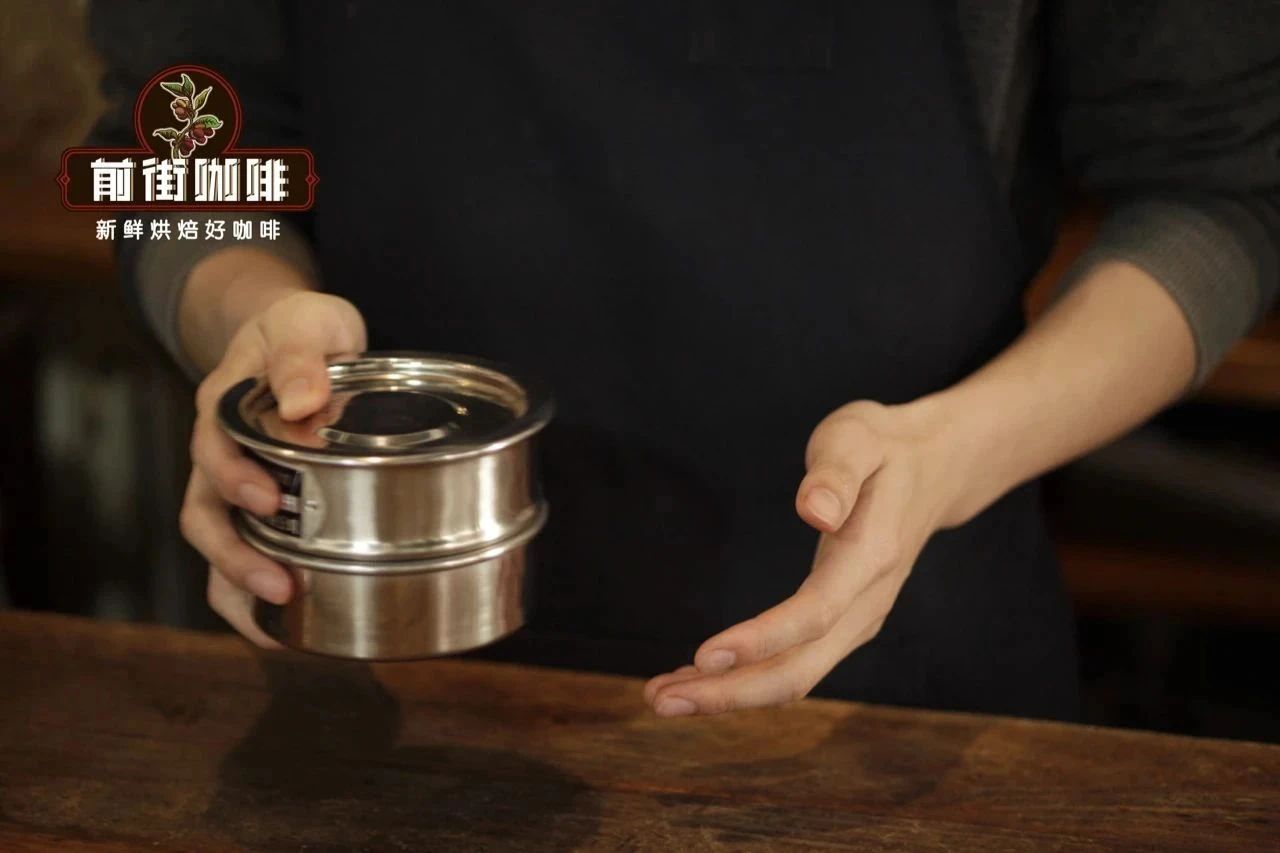
② should wash the residual powder of bean grinder more diligently.
Deep-roasted coffee beans are more likely to produce fine powder, which is easy to remain in the knife plate, and the deep-baked coffee powder left in the knife plate can easily affect the flavor of the next cup of coffee. So be sure to clean up the fine powder in the knife plate after grinding a type of coffee beans. Before grinding coffee beans in Qianjie, a small amount of the same coffee beans will be used to "wash".
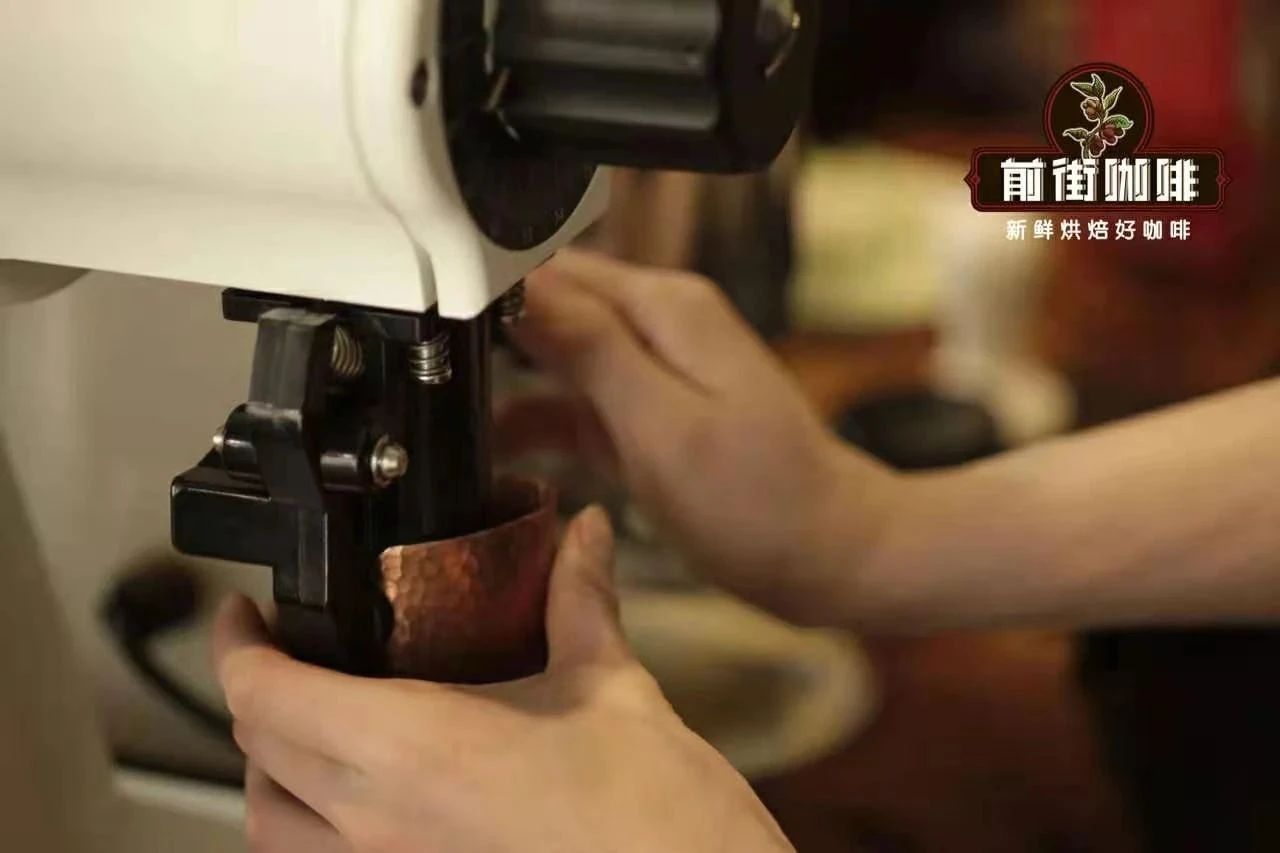
Important Notice :
前街咖啡 FrontStreet Coffee has moved to new addredd:
FrontStreet Coffee Address: 315,Donghua East Road,GuangZhou
Tel:020 38364473
- Prev
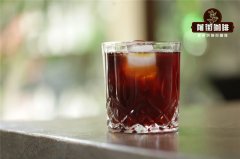
What coffee beans are suitable for iced coffee? The difference between hot coffee and iced coffee
Hand brewed coffee can express the flavor of coffee beans very well. Hot hand-brewed coffee is generally recommended on the front street, but hot summer days make guests prefer iced hand-brewed coffee. Many guests will ask, what is the difference between iced coffee and hot coffee? The front street will answer everyone today. What is the difference between cold and hot hand brewing? Ice hands are actually hot.
- Next
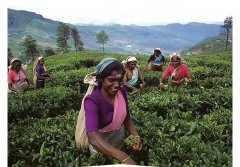
Making your own milk tea is not suitable for adding fresh milk? Connoisseur: the more astringent the better
In addition to the general bulk tea on the market, there are also all kinds of tea bags for consumers to choose from. Recently, some netizens tried to cook different kinds of tea at home, but they were not very good for their families, so they asked the villagers, "which kind of black tea is not astringent?" suitable for drinking directly or suitable for adding fresh milk to become fresh milk tea? "as soon as the post was published, a large number of connoisseurs immediately shared it. The original PO said in PTT that he didn't want to prevent epidemic at home.
Related
- Beginners will see the "Coffee pull flower" guide!
- What is the difference between ice blog purified milk and ordinary milk coffee?
- Why is the Philippines the largest producer of crops in Liberia?
- For coffee extraction, should the fine powder be retained?
- How does extracted espresso fill pressed powder? How much strength does it take to press the powder?
- How to make jasmine cold extract coffee? Is the jasmine + latte good?
- Will this little toy really make the coffee taste better? How does Lily Drip affect coffee extraction?
- Will the action of slapping the filter cup also affect coffee extraction?
- What's the difference between powder-to-water ratio and powder-to-liquid ratio?
- What is the Ethiopian local species? What does it have to do with Heirloom native species?

